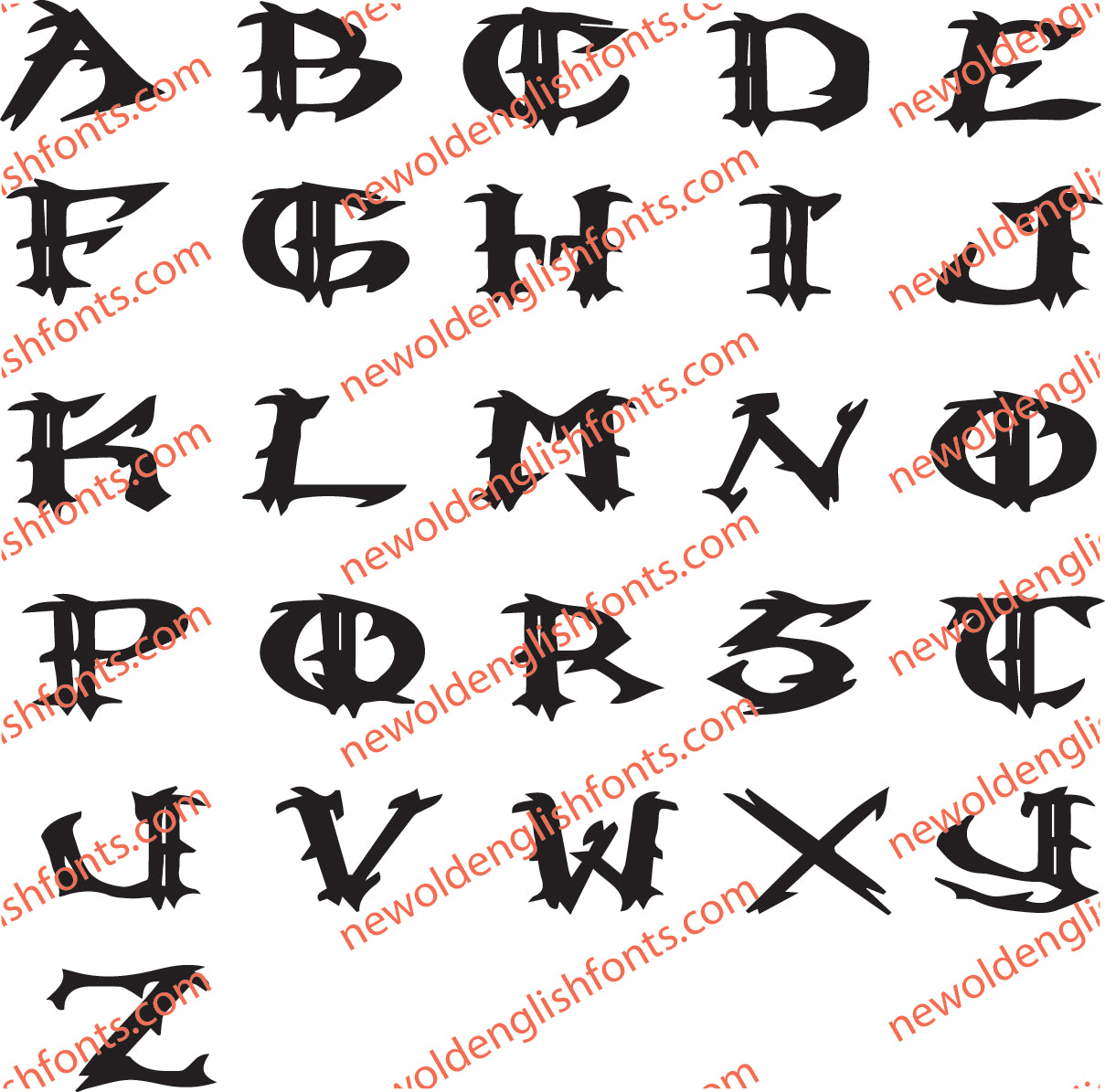
The Forage-Letter of Creature-Blade
In the elder days, when kings held sway over hill and fen, there was wrought a sword unlike others, named Creature-Blade. Not for spell nor charm was it famed, but for the hand that hewed it.
A smith, one Eadric the Forager, wandered long across dale and hollow, gleaning iron from river-stone, from broken helm, from shards left upon battlefields. What he gathered, he bore upon his back, and with hammer and hearth-fire he forged anew. Thus from the ruin of many men arose one weapon.
Upon the sword’s fuller he etched not runes of power, but plain words, a letter of his own tongue:
“Lo, whoso bears me, know this. I am no gift of gods, nor curse of witches. I am labor, toil, and hand’s craft. If I bite, it is for thy arm’s strength. If I break, it is for thy neglect. Blame not heaven, but thyself.”
So the blade came to be carried by thanes and chieftains, passing from hand to hand, not for wonder’s sake but for the weight of truth it bore. Men named it Creature-Blade, for it was made of many creatures’ leavings: the spear-shaft ring, the farmer’s ploughshare, the hunter’s knife, the warrior’s helm. A creature of all, yet owned by none.
When at last the steel was spent, broken on the shield of a northern raider, the letter was read one final time. And men said: Here is no sorcery, but the memory of men, hammered into shape.
Thus the forage-letter endured, carried in tongue and tale, though the blade itself lies forgotten in the earth.


